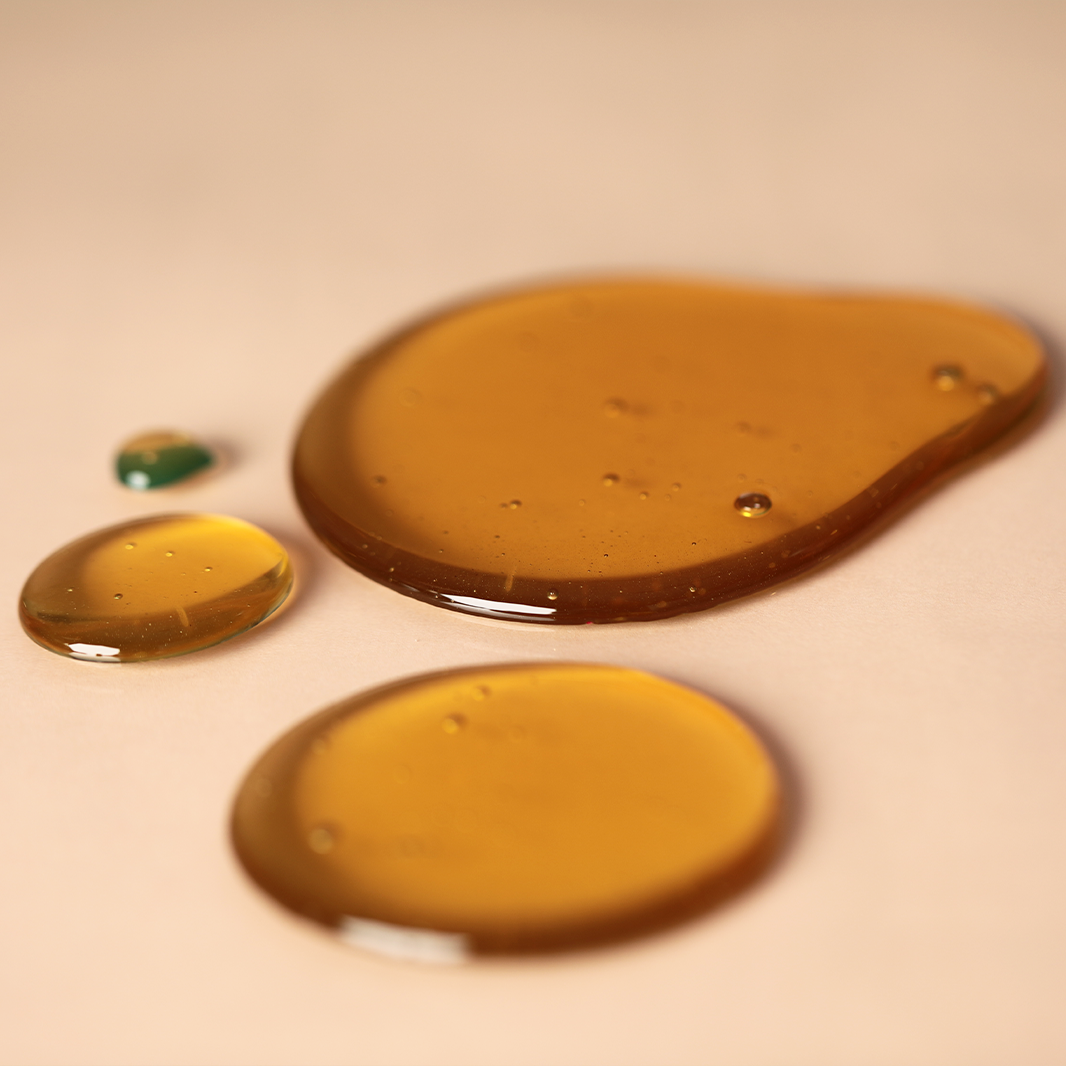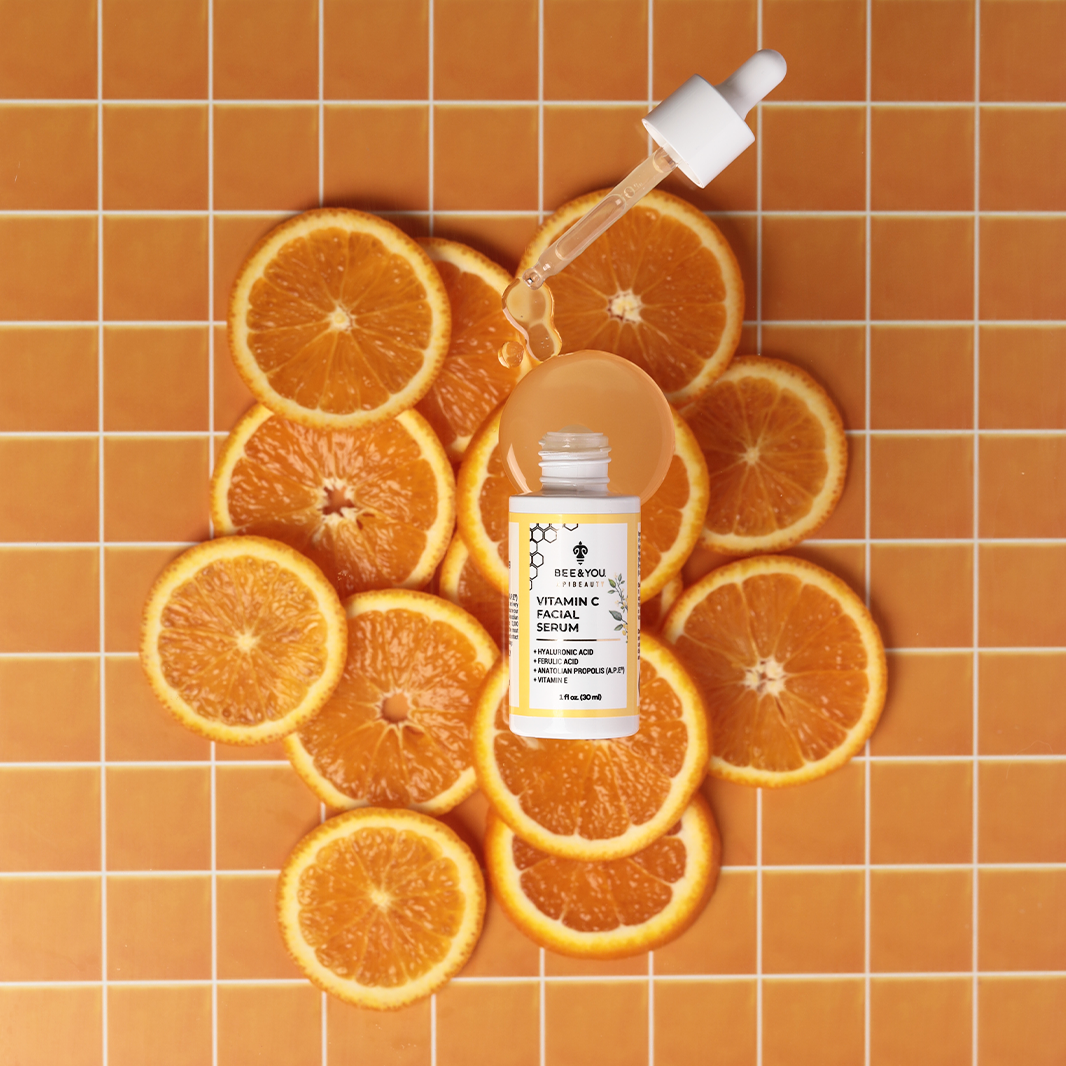ABSTRACT
Introduction: As an age-old folk remedy, it is widely accepted that propolis has natural anti-inflammatory properties. Anatolian propolis is a different form among bee products group. Propolis has taken its current place as a food supplement during the pandemic period and new studies on propolis against COVID-19 have gained momentum.
Case: 38-year-old male patient, who served as a medical secretary, first complained of a tickling in his throat. RT-PCR was requested from the patient who presented with this complaint and was in the high-risk profession. The routine blood values and Thorax CT results of the patient whose test was positive were normal. Medical treatment recommended in the Ministry of Health guidelines was initiated for the patient. The patient's cough complaint started 3 days later and his complaint got worse on the 5th day. A control thorax CT was requested from the patient whose fever did not decrease simultaneously and extensive bilateral ground glass areas were formed. The patient was hospitalized and moxifloxacin was added to his treatment; However, after 72 hours, the patient's fever continued. The patient started respiratory failure and his general condition worsened. It was decided to follow the patient in the intensive care unit (ICU) and tocilizumab and Continue positive airway pressure (CPAP) support was started. Although 2 days passed, the patient's oxygenation and clinic status did not improve. For this reason, BEEO’UP (bee&you) 30% Anatolian propolis 80 drops / day was applied to the patient. At the end of the third day, improvement began in the patient's oxygenation, blood parameters and radiological findings. For 5 days, the patient was followed up with IV moxifloxacin, 60 mg steroid, CPAP, inhaler treatments, low molecular weight heparin (LMWH) and BEEO'UP (bee&you) 30% (bee&you) Anatolian propolis. The patient's clinic improved and the patient was taken to the service on the 7th day of his admission to the ICU. The patient was discharged on the 10th day of hospitalization. At the health check-up 1 month later, the patient had no complaints except for forced exertion dyspnea, blood parameters normalized and abnormal radiological findings in Thorax CT completely regressed.






